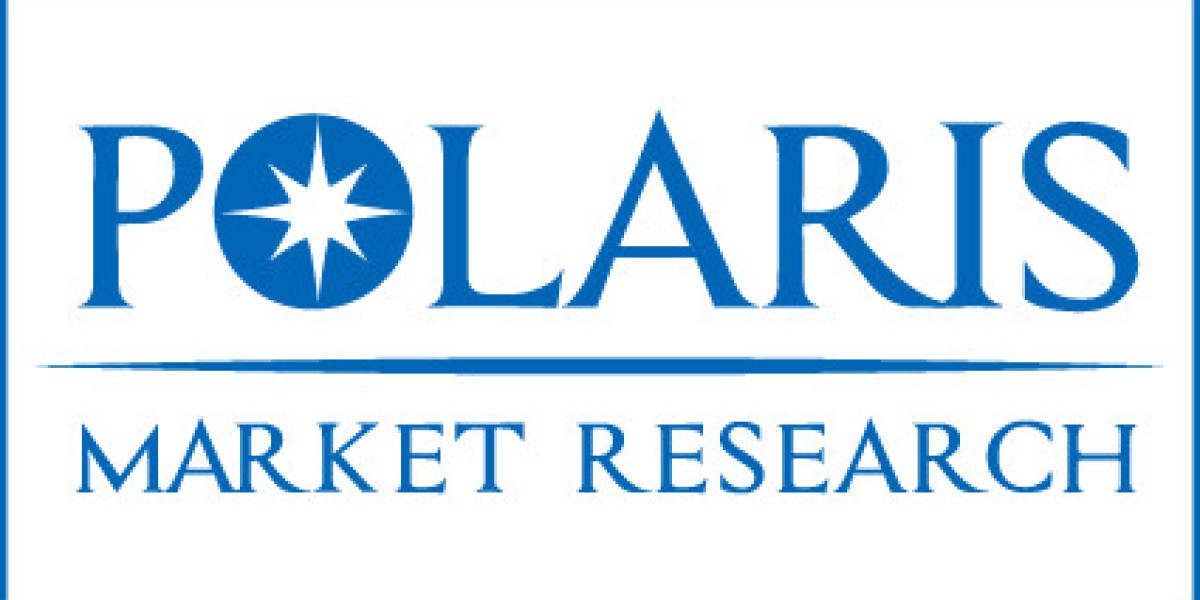Market overview
The global accounts receivable automation market was valued at USD 2.9 billion in 2021 and is expected to grow at a CAGR of 14.1% during the forecast period.
Accounts receivable automation refers to software and services that streamline invoice generation, delivery, reconciliation, dispute management, collections, and reporting. Modern AR automation platforms replace manual, spreadsheet-driven processes with automated workflows, machine-learned cash-application, electronic invoicing, embedded payments, and real-time analytics. The market spans on-premises and cloud SaaS deployments, with clear momentum toward cloud-native, subscription-based solutions that integrate with ERP, CRM, and banks.
Key adoption scenarios include large enterprises seeking to optimize complex multi-entity receivables, mid-market firms aiming to reduce Days Sales Outstanding (DSO), and small businesses leveraging AR automation bundled with payments to reduce friction and cost. Vertical demand is strong in wholesale distribution, manufacturing, professional services, healthcare, and financial services — sectors where invoice volumes, dispute rates, and payment variability create meaningful upside from automation.
Key market growth drivers
- Need to improve cash flow and reduce DSO — Pressure on working capital, tighter credit conditions, and the imperative to fund growth without diluting equity are driving finance teams to seek faster collections and more predictable cash flow. Automation reduces manual touchpoints, shortens cycle times, and surfaces prioritized collection activities, directly lowering DSO.
- AI and machine learning for cash application and dispute resolution — Advances in AI have meaningfully improved automatic matching of payments to invoices, prediction of payer behavior, and automated resolution of exceptions. This reduces time spent on low-value tasks, increases straight-through processing rates, and enables finance teams to focus on higher-value escalation and customer relationship management.
- Integration with ERP, payments, and digital channels — Many AR platforms now embed payment orchestration (cards, ACH, RTP, virtual cards), e-invoicing compliance, and two-way integrations with leading ERPs and CRMs. Seamless connectivity not only accelerates collections but also reduces reconciliation effort and supports real-time cash forecasting.
- Remote work and shared-services optimization — Globalization of finance operations and the move to shared-service centers have increased demand for standardized, scalable AR processes. Cloud-native AR automation supports distributed teams, centralized analytics, and role-based workflows, allowing organizations to consolidate operations while improving control and compliance.
Market challenges
- Complex legacy systems and integration friction — A substantial portion of large enterprises still rely on customized ERPs or heavily modified financial systems. Full automation requires robust integration and change management; projects can be time-consuming and require data cleansing and process redefinition.
- Data quality and unstructured invoices — Poorly formatted invoices, missing remittance information, and heterogeneous customer systems can limit straight-through processing. Organizations often need to invest in document capture, supplier onboarding, and normalization efforts before they achieve high automation rates.
- Change management and stakeholder resistance — Collections and credit roles are customer-facing and relationship-driven; automating parts of these processes can raise concerns about customer experience and job displacement. Effective deployments require careful stakeholder engagement, phased rollouts, and capability building rather than disruptive rip-and-replace approaches.
- Regulatory and e-invoicing fragmentation — Different jurisdictions have varying e-invoicing mandates, tax reporting rules, and data privacy regimes. Vendors and customers must navigate a fragmented regulatory landscape, which increases compliance overhead and can complicate cross-border implementations.
Browse Full Insights:
https://www.polarismarketresearch.com/industry-analysis/accounts-receivable-automation-market
Regional analysis
- North America: The largest market in terms of adoption and revenue, North America benefits from mature digital payments infrastructure, high ERP penetration, and strong demand for cash optimization among mid-market and enterprise firms. SaaS delivery and embedded payments have accelerated uptake, particularly in distribution, healthcare, and technology services.
- Europe: Growth is strong, driven by e-invoicing mandates in several countries and a highly regulated tax and reporting environment which favors automated compliance solutions. Regional differences (e.g., between the EU digital reporting initiatives and country-specific rules) create opportunities for vendors who can offer localized compliance and payment connectivity.
- Asia-Pacific: Rapid digitization, mobile-first payments, and a large SME base make APAC a high-growth region. Adoption varies widely — advanced markets such as Australia, Japan, and Singapore show early enterprise adoption, while emerging markets are accelerating due to cloud readiness and the need to modernize finance operations.
- Latin America: Increasing interest is driven by companies modernizing finance processes and the growing availability of fintech payment rails. However, heterogeneous regulatory environments and legacy practices slow broad-based adoption; regional vendors and partnerships with local banks are often key go-to-market strategies.
- Middle East & Africa: Growth is nascent but picking up where multinational enterprises and exporters demand better receivables control. Local banking integration and compliance adaptations remain the main barriers, but digital transformation initiatives in certain Gulf countries are catalyzing demand.
Key companies
Some of the major key players operating in the global market include SAP SE, Oracle Corporation, Kofax Inc., SK Global Software, Bottomline Technologies, Vanguard Systems, Microsoft Corporation, IBM Corporation, Workday Inc., HighRadius Corporation, Zoho Corporation, Comarch, Sage Group, BlackLine, Esker S.A., YayPay, Emagia Corporation., and Invoiced.
Use cases and buyer considerations
Organizations selecting an AR automation solution should map use cases to expected ROI: accelerating cash application, reducing collector time spent on low-value tasks, enabling self-service payments for customers, and improving reporting for treasury. Proof-of-value pilots that measure DSO impact, percentage of auto-applied payments, and reduction in manual exception handling provide concrete metrics to guide full-scale adoption.
Critical non-functional considerations include data residency and encryption, role-based access and audit trails, vendor uptime/SLA, and roadmap alignment with buyer needs (e.g., payment rails, e-invoicing compliance). For multinational deployments, vendors that provide localized compliance and multi-currency support reduce implementation friction.
Market outlook
The Accounts Receivable Automation is expected to continue expanding as more organizations recognize receivables management as a source of liquidity and operational resilience. Technology improvements in AI, natural language processing for dispute resolution, and broader payment orchestration will further raise automation rates and expand the addressable market to smaller businesses via packaged, embedded solutions.
Enterprises that successfully combine automation with disciplined credit policy, customer communication strategies, and performance metrics will realize the most value — turning AR from a back-office cost center into a strategic lever for working capital optimization.
Conclusion
Accounts receivable automation is shifting from niche efficiency projects to core finance initiatives with measurable impact on cash flow and operating cost. While integration complexity, data quality, and regulatory fragmentation remain headwinds, the combined force of AI, cloud SaaS, and modern payment rails is creating a durable market expansion. Finance leaders who prioritize targeted pilots, vendor integration capability, and change management will capture faster DSO reduction, stronger cash predictability, and improved customer experience — hallmarks of a modern, resilient finance function.
More Trending Latest Reports By Polaris Market Research:
Computer Numerical Control Machine Market
Drug discovery informatics market
Xerostomia Therapeutics Market
U.S. Semiconductor Assembly And Packaging Equipment Market
Hospital Capacity Management Solutions Market








